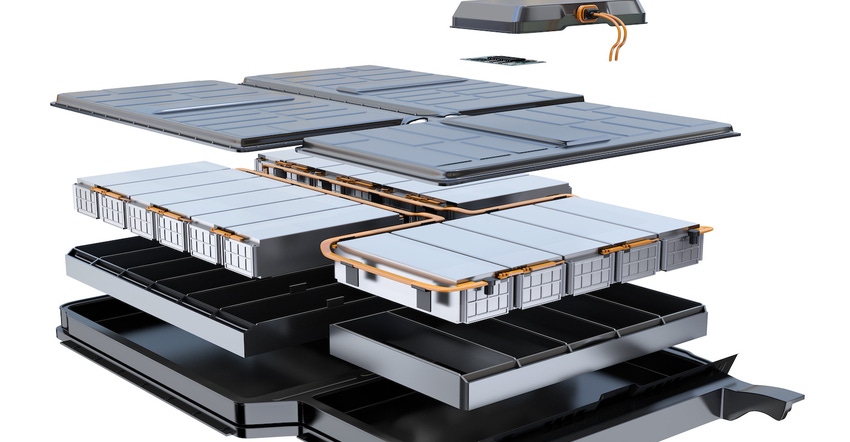PPS Grade Delivers Exceptional Heat Resistance for EV Batteries
Grade from Polyplastics reportedly delivers outstanding heat resistance and exceptional thermal and electric insulation properties.
September 19, 2023

Japanese engineering thermoplastics supplier Polyplastics Group has announced the availability of Durafide PPS 6150T73, a high-performance material that is said to deliver outstanding heat resistance and exceptional thermal and electric insulation properties for electric vehicle (EV) lithium-ion (Li-ion) batteries.
Durafide PPS 6150T73 is Polyplastics’ latest offering for the transformative electric vehicle segment. The material features significantly improved performance during thermal runaway without requiring the use of inorganic insulative sheet structures. Furthermore, the material maintains the insulation properties of busbars and module covers even after being exposed to environments of 1,000°C for 30 minutes.
With the shift from internal combustion engine–powered vehicles to EVs, today’s Li-ion batteries (LIBs) can generate excessive heat due to thermal runaway, ultimately leading to a potential fire, when accidents or other adverse events occur. During a thermal runaway event, a LIB cell can reach temperatures of 800° to 1,000°C, and the gases ejected can reach 700° to 800°C. If thermal runaway occurs in one cell, energy transfer to neighboring cells must be reduced. As a safety measure, structural insulative sheets and plates have been used to reduce energy transfer from one cell to another. However, they increase weight and consume space due to the increased number of parts. Durafide 6150T73 represents a lower density, more-compact solution.
In addition to greater heat resistance, Durafide 6150T73 has optimal properties for components such as module covers and busbars. The high-purity linear PPS also provides toughness and impact strength while exhibiting low ionic impurities (extracted components). The material’s color is close to white, and it can also be tinted.
About the Author(s)
You May Also Like




